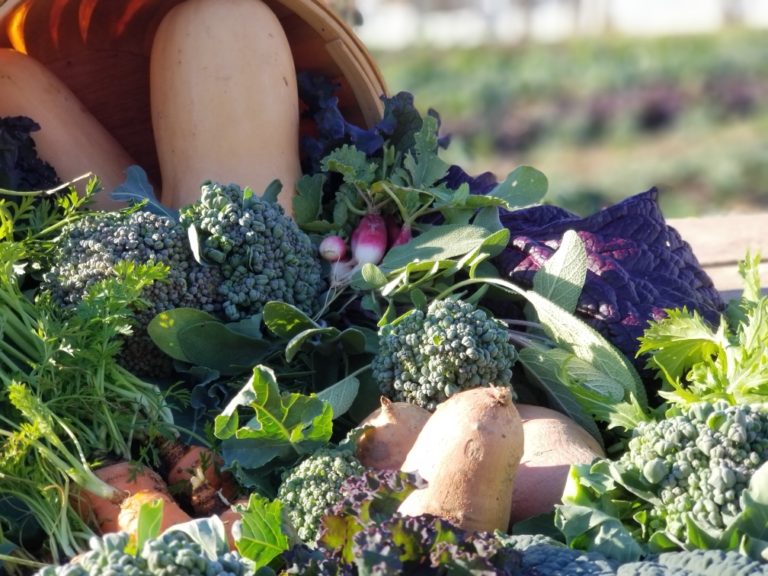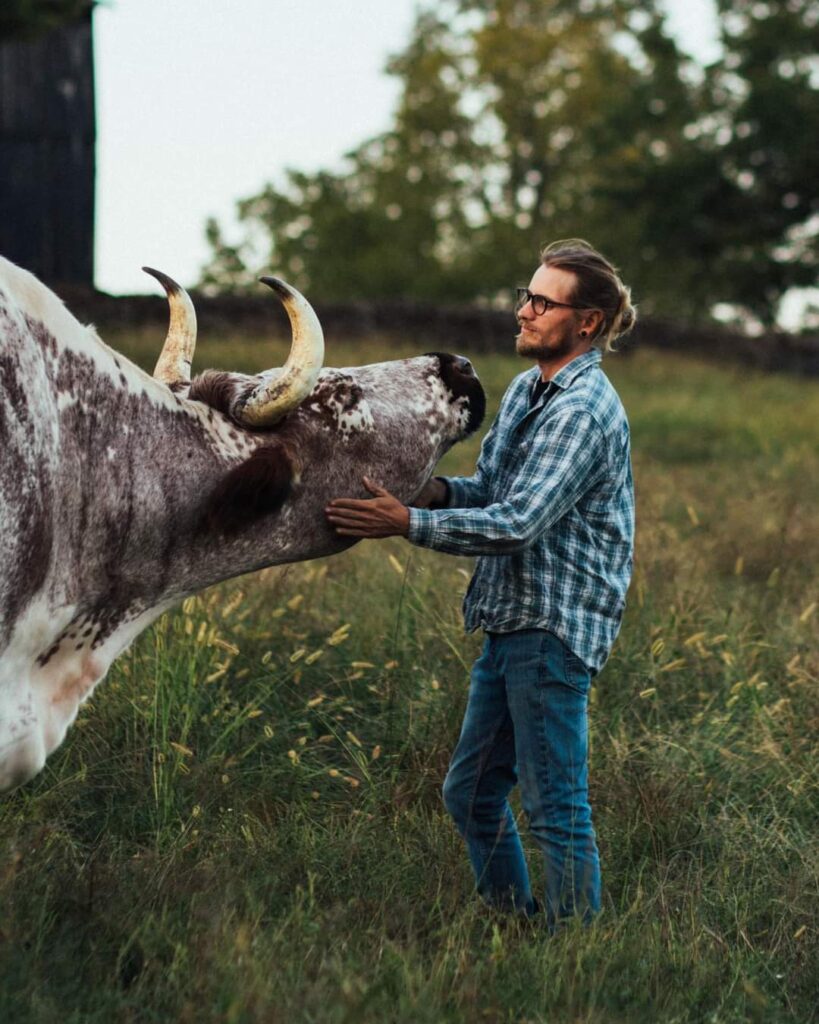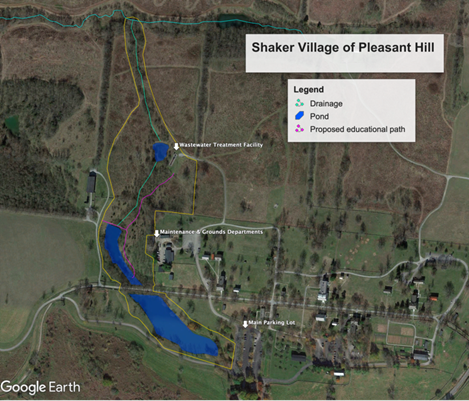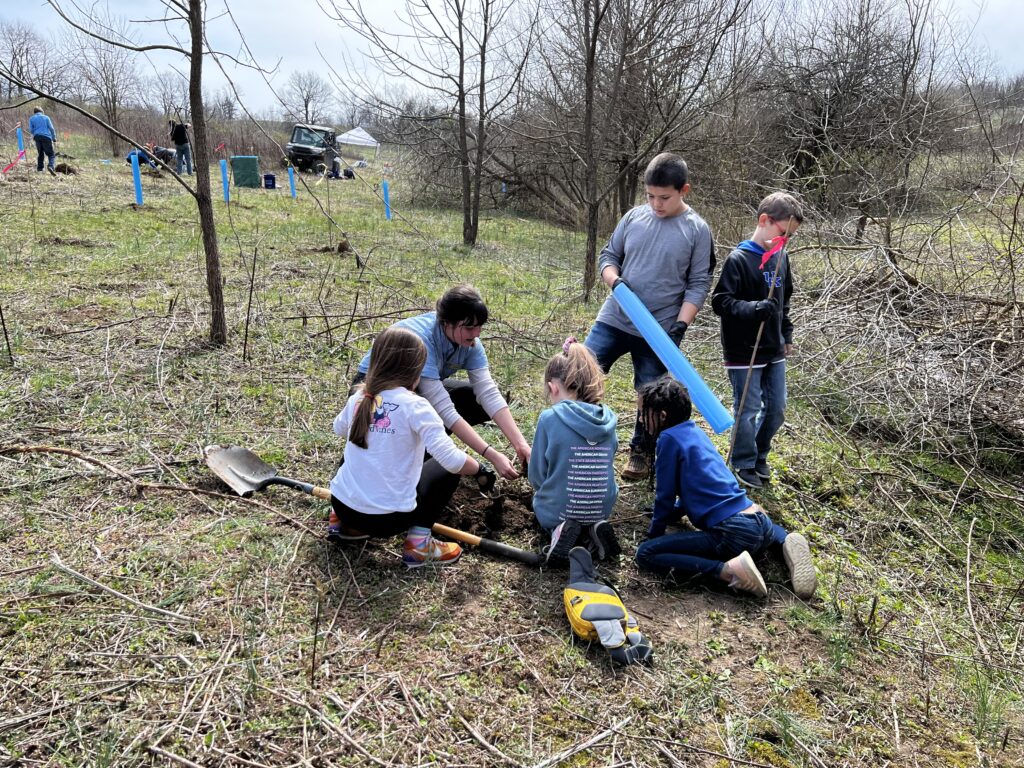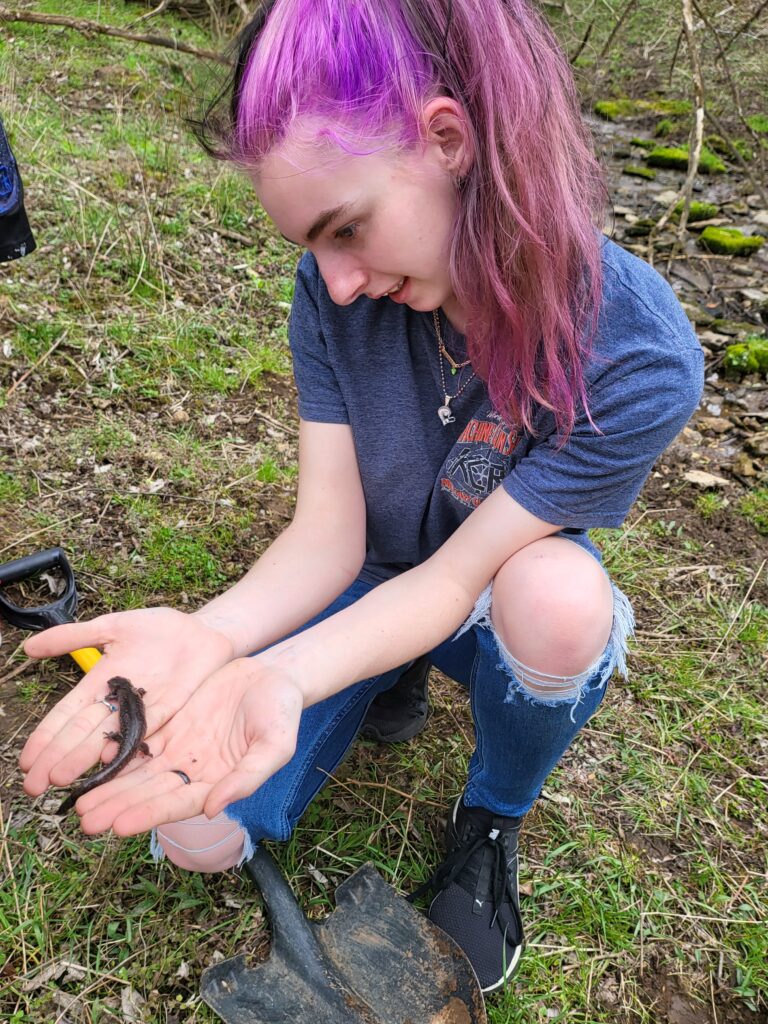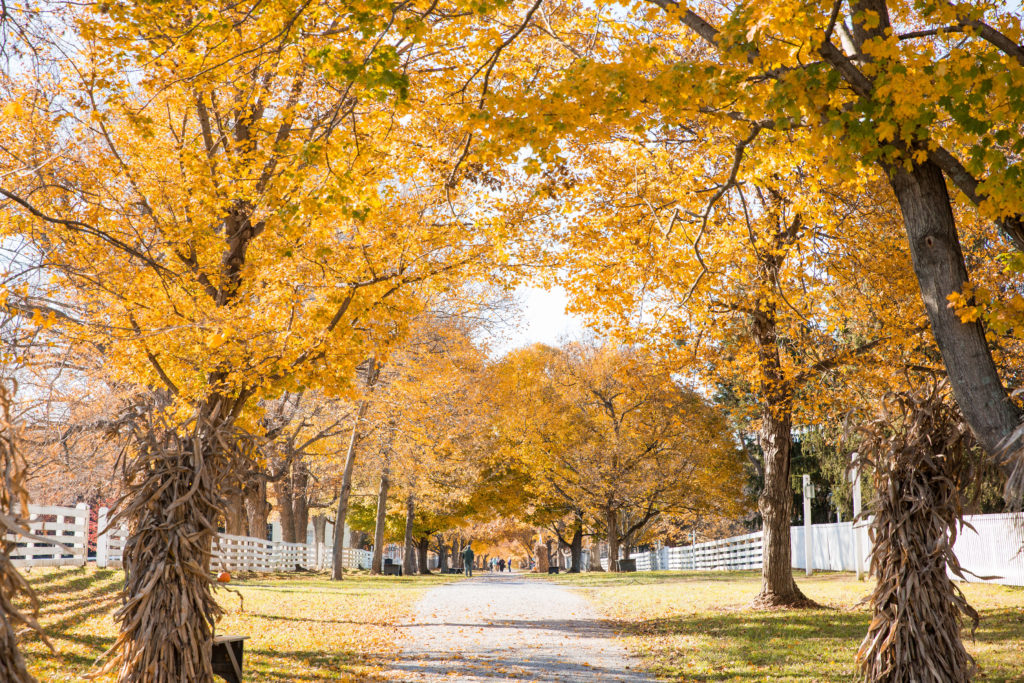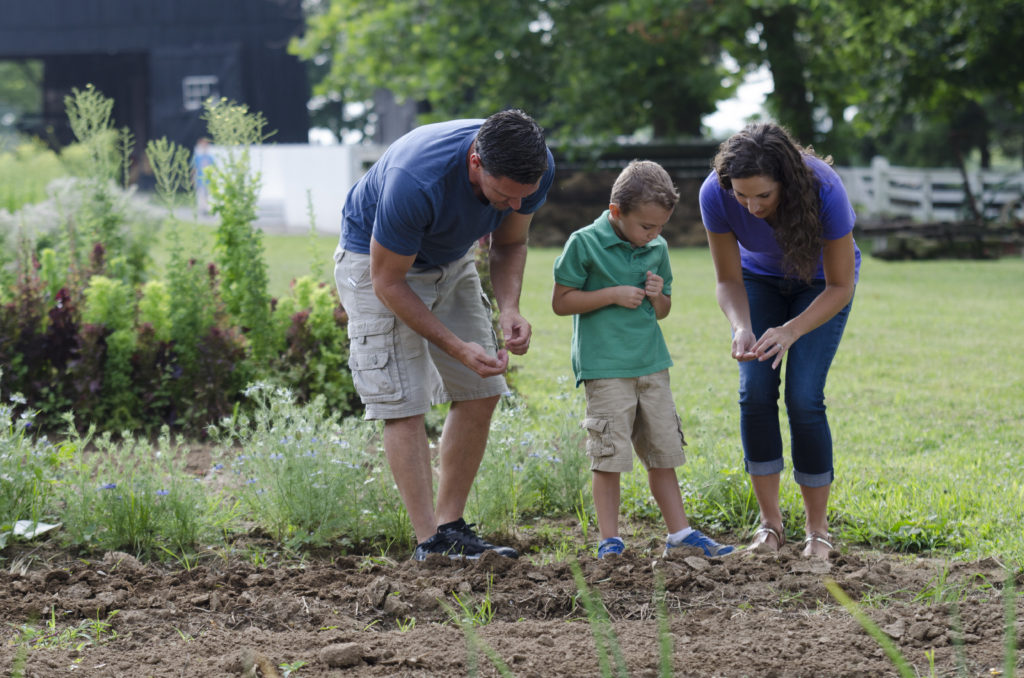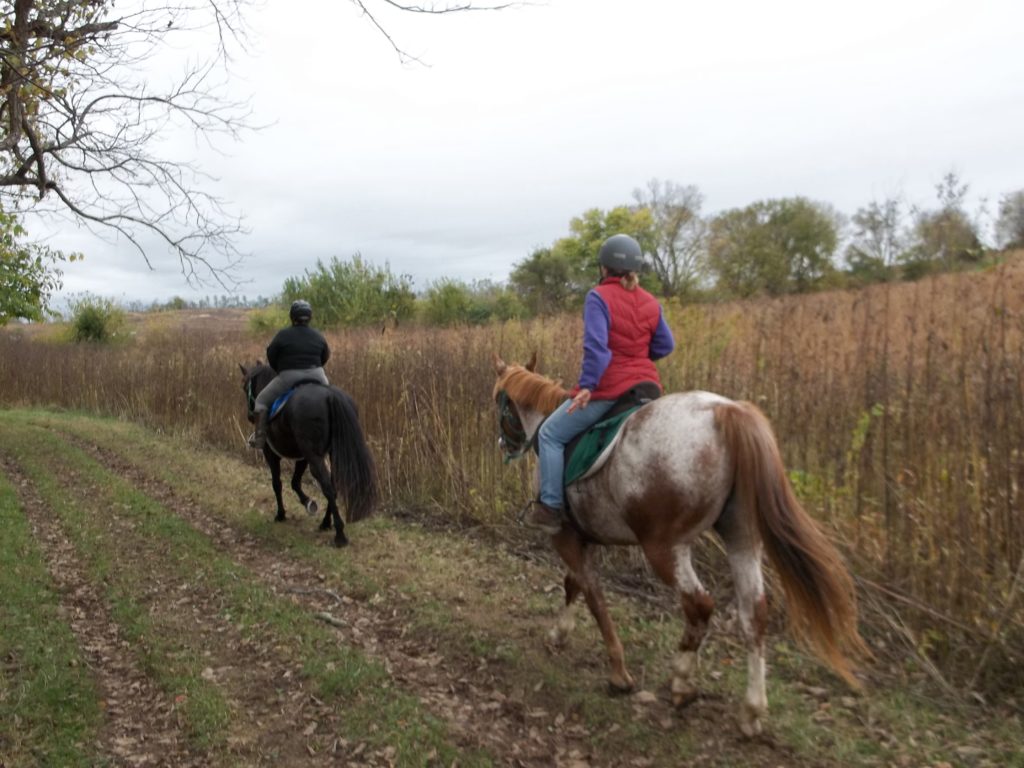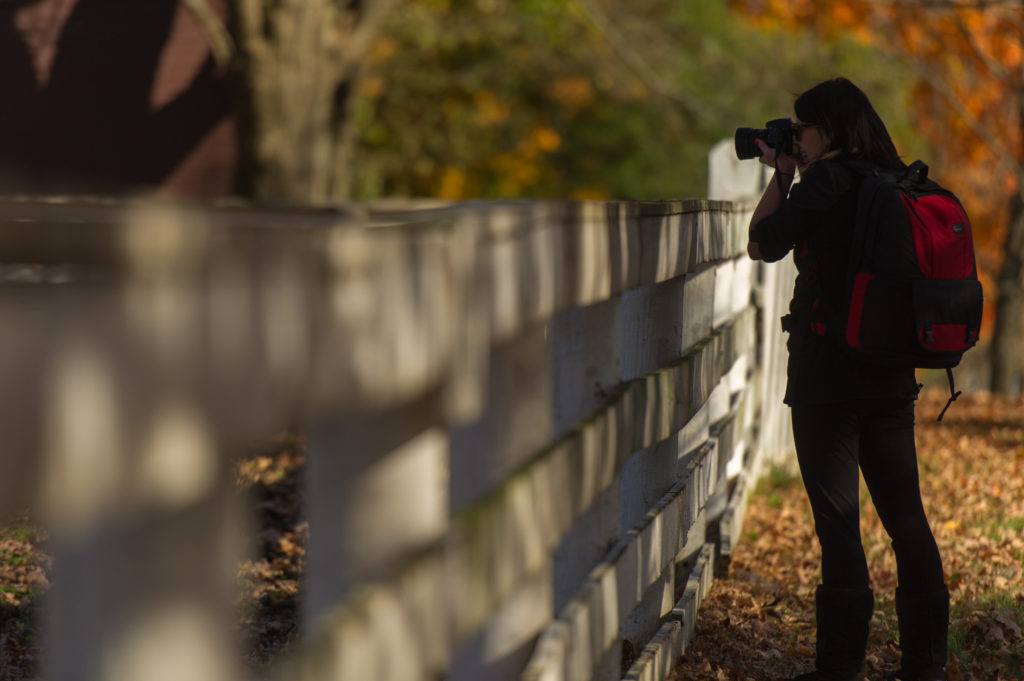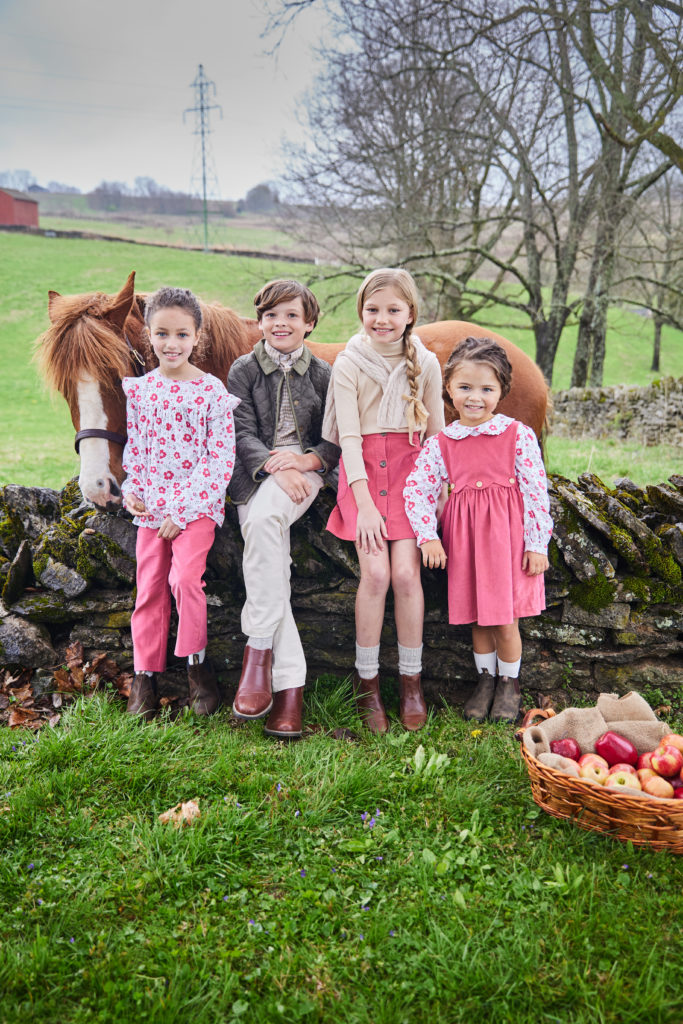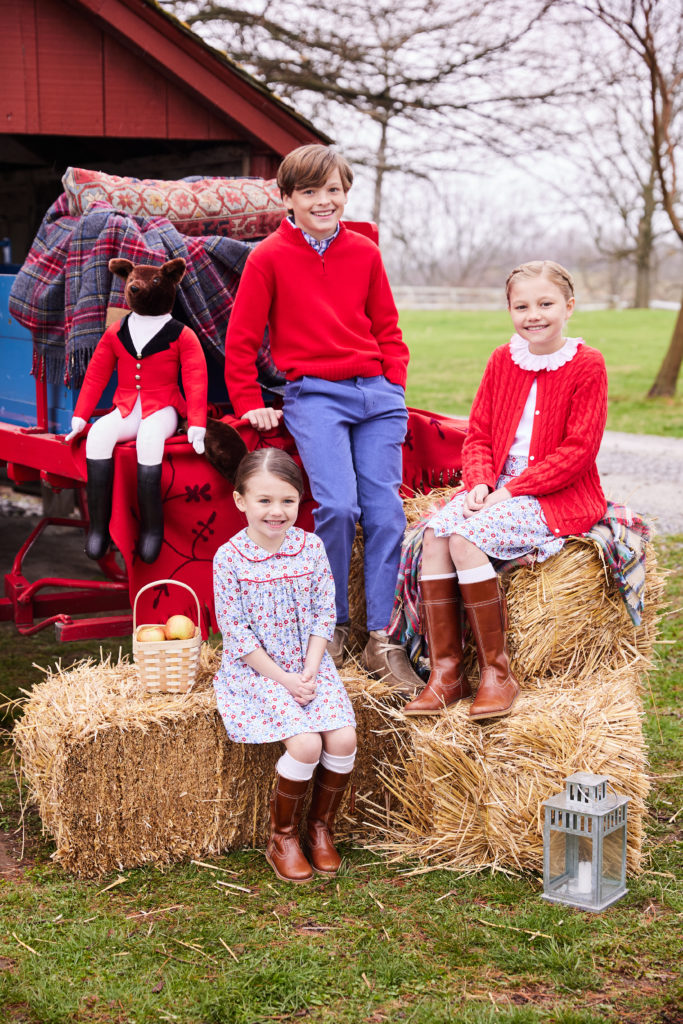Melissa Williams, Development Coordinator
As December draws to a close, it is our tradition to look back at all the things we accomplished over the past year. Since we started posting a year in review blog in 2019, Shaker Village has experienced some remarkable highs. We have also weathered the challenges of the pandemic and its ongoing effects. Collectively we have all become very adept at this balancing act.
Preserving the Village and its Memories
We experienced this kind of resilience at the Village this year. In March we told you about the 1835 Carriage House that was flattened when a tree fell during an unprecedented storm. Acts of nature, such as this one, are one of the things the staff here fears most. It was gut wrenching to see the building in this state. But, our talented team of carpenters were able to salvage many of the original materials and were determined to rebuild the Carriage House. They spent most of the year doing so (and encountered many material delays). Now it stands proudly – almost as if nothing ever happened.
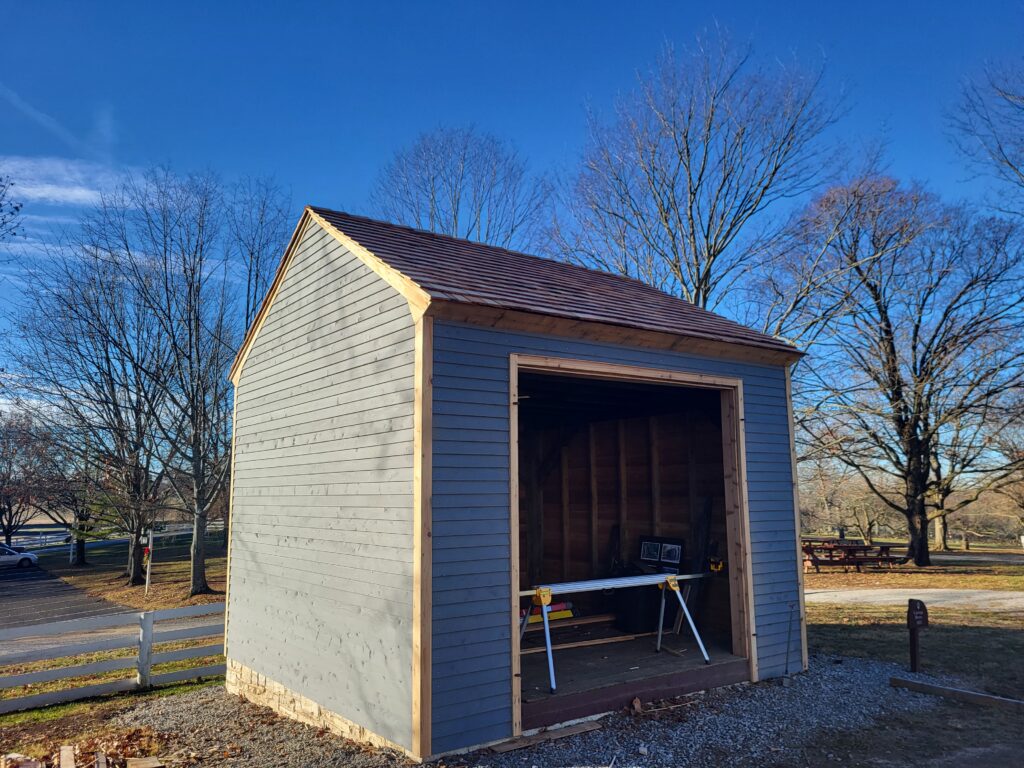
This summer we received an impromptu, transformational gift from a new friend who had recently stayed overnight at the Village. Her experience at Pleasant Hill moved her to help support the restoration of the Village and preserve it for future generations to discover. Her gift is designated for the 1845 West Family Sisters Shop and work is underway now to restore its windows, doors and cornice.
Last summer we were sad to share the Riverboat was retiring after 40 years on the Kentucky River. Over its years of service, the boat touched the lives of hundreds of thousands of visitors. This year, through the generosity of a donor, the Riverboat received a facelift and a new permanent home in drydock at Shaker Landing. At the same time the Shaker Landing Barn was masterfully restored. This allowed us to reopen Shaker Landing as an educational center and event venue, and will ensure that more memories are made that last a lifetime.

These larger projects were a major focus for us this year, but we also continued our regular, ongoing maintenance of all of the historic structures and added new roofs to the 1848 Post Office and 1875 Scale House.
Life on the Farm
At the Farm, there is always a lot going on behind the scenes. Our expanding sustainable agriculture focus keeps us busy throughout the year. In February, we kicked off the year with a celebration of maple syrup harvested from the trees along the Historic Turnpike and across the property. The Maple Days event was our first organized maple-themed event in recent years and it attracted quite a crowd of interested and engaged guests.
During the spring time, our “farmily” grew as babies arrived. New lambs, chicks, ducks, turkeys, calves, and piglets were greeted by guests at our popular Brunch with the Babies event in April.

In the fall, we celebrated the changing seasons on the Farm with Harvest Fest in September. This event was our largest, best attended Harvest Fest ever with more than 3,200 participants.
Throughout the changing seasons, our team also continued the Community Supported Agriculture program. Participating members receive a variety of fresh weekly produce and their participation helps to sustain the garden at Shaker Village which has existed in the same spot for more than 200 years. The CSA program has been so well received that it was expanded further to include meat shares.
Protecting the Preserve
On The Preserve, a lot of time and focus was spent this year on cleanup following the same March storm that impacted the Carriage House. Throughout the Village and the Preserve, an estimated 70 trees fell during the storm. This left our team with a lot of trees to remove, particularly so the trail system could reopen safely for our guests.
In the Spring, major restoration work began on the Shaker Pond Dam to prevent further erosion to the cultural landscape. This work was made possible by contributions from a local foundation and it complimented a two-year project to rehabilitate 20 acres in the pond drainage area that was already in progress. The Shaker Pond Drainage rehabilitation and educational project is funded in part by the National Fish and Wildlife Foundation. It aims to improve water quality in the drainage area, and at the same time made it possible for 327 local students to participate on STEM educational activities this year as the project progressed.
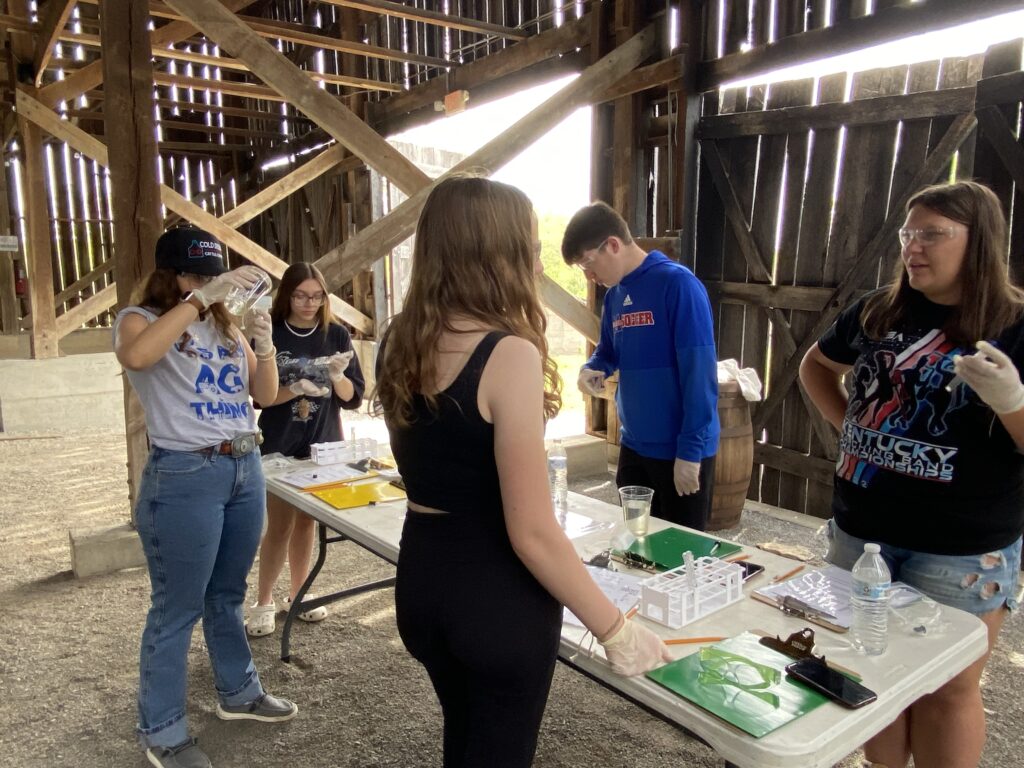
If you are an avid user of the trail system, you will notice that the West Trail Head was relocated this fall as part of the site’s long-range plan. Funded by the Kentucky Colonels Good Works Program, the trail head was moved to be adjacent to the West Lot Dwelling parking lot to provide easier access to the trail system for our guests.
The Preserve Team also completed work at Shaker Landing and on the Palisades trail. If you have not hiked this trail recently, we encourage you to add it to you adventure list and mark it off soon.
Expanding Education and the Guest Experience
This year, we hosted tens of thousands of guests in the Village for daily adventures, dining, overnight stays, signature events, weddings, family reunions, business retreats and more. And, with an expanded guest experience, there was more to see and do this year.
Two exhibits opened to the public in 2023. The first, a temporary exhibit, Searching for Sister Mary helps guest to explore the life of Sister May Settles who passed away 100 years ago as the last Shaker at Pleasant Hill. The second, The Believers, opened as a permanent exhibition in September on the second floor of the 1820 Meeting House. It encourages visitors to learn more about how the Shakers’ faith influenced the way they lived and it compliments our live Shaker Music program that takes place on the first floor of the building daily. The Believers was made possible through a grant by the Lilly Endowment, Inc.
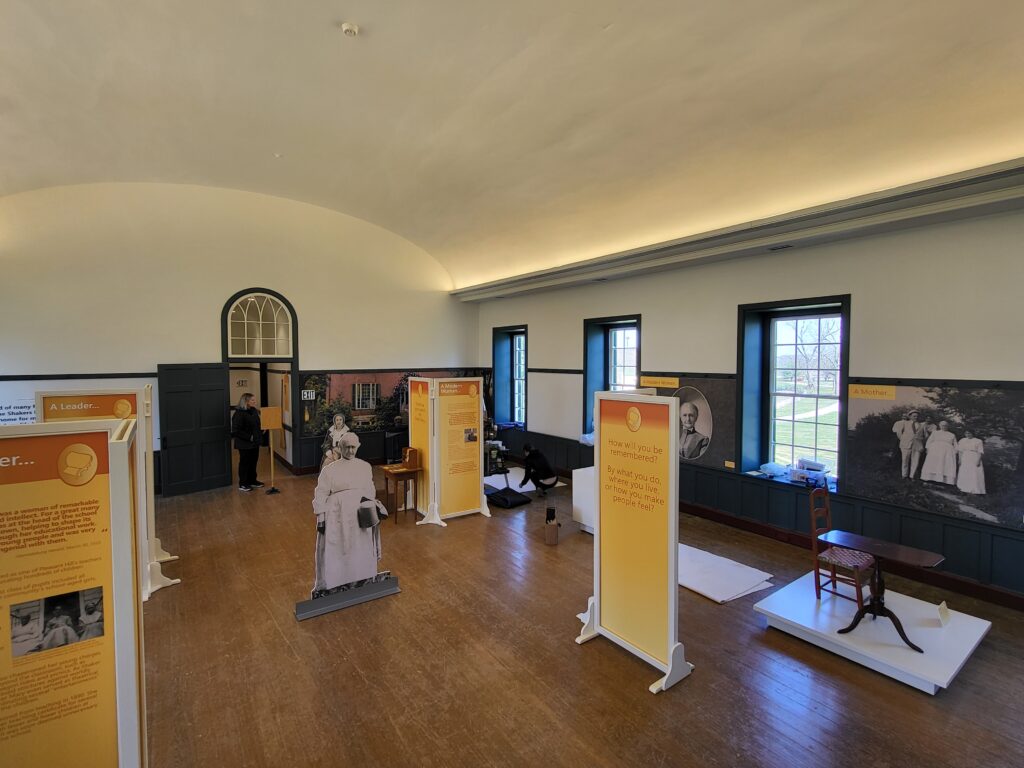
The guest experience also expanded this year to include a natural playscape for our youngest visitors. This area adjacent to the farm is both a recreational area and a natural learning lab. Since it’s opening this fall, it has been extremely popular and so inspirational. The children who visit Shaker Village today will be the stewards of the site tomorrow.
With Thanks and Gratitude to You
Since 2019 I have had the privilege of authoring this blog post. Every year as I begin to pull together a list of all the things that happened, I am humbled by just how much your support has impacted the Village. When you visit for the day, when you dine with us, stay overnight, make a purchase in the shops, become an annual passholder, and make a financial contribution, you are making a difference here.
Shaker Village’s mission and work is all about inspiring future generations by sharing the legacies of the Kentucky Shakers, but we can’t fulfill this mission without you.
Thank you for everything you do – big or small – to help us carry out our work. Together, we can and will ensure that Shaker Village remains a place for tranquil reflection, for families, for discovery and for play.
